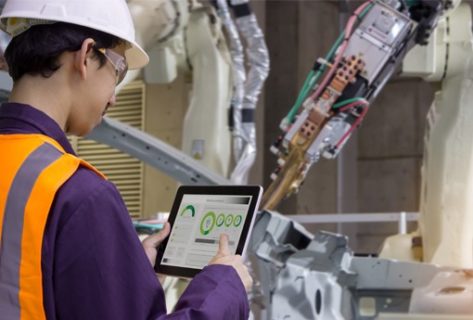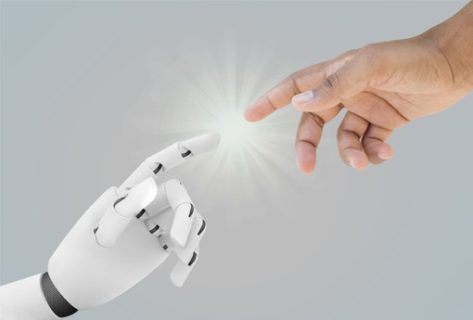Expect to see major changes in how organizations use AI, the rise of new ‘digital workers’ and increased competition for data professionals with AI skills, says Forrester Research.

With AI efforts, most organizations find ‘no pain, no gain’
Forrester Research has released its top predictions for artificial intelligence in 2019, in the report “Predictions 2019: Artificial Intelligence No Pain, No Gain With Enterprise AI.” Authored by analysts Michele Goetz, Brandon Purcell, Craig Le Clair, Diego Lo Giudice and Mike Gualtieri, the report sees major changes in how organizations use AI, the rise of new ‘digital workers’ and increased competition for data professionals with AI skills. Here are the five top trends Forrester expects to see.
Data doldrums will continue to drown the majority of firms embarking on AI
“The No. 1 challenge for AI adopters is quality data,” the Forrester analysts write. “Regardless of your beginner or expert AI status, data is the Debbie Downer of any AI project. While enterprise aspirations for AI run high, in 2019, we predict continued investments in good ol’ information architecture (IA). The tables will turn from AI to IA in the majority of firms that have already dabbled in some form of AI, as they’ll quickly realize that their irrational exuberance for AI adoption must be equally met with solid efforts on an AI-worthy data environment.”

Enterprises will compete to use AI in the race for AI talent
“Two-thirds of AI decision makers struggle with finding and acquiring AI talent, and 83 percent struggle with retention,” the Forrester analysts note. “The talent shortage goes beyond technical and data science chops. Firms need industry, social, legal, customer experience, and operational expertise to train, manage, and trust AI systems. Consultancies such as EY and PwC prize demonstrated qualities of creative problem solving, resiliency, and adjacent job experience over degrees, coding, and statistical skills. This shows that traditional recruiting practices fail, causing companies to seek out new approaches and tools. In 2019, we’ll see firms start to tackle the AI shortage by applying AI to recruitment.”

RPA and AI will join forces to create digital workers for more than 40 percent of enterprises
“The robotic process automation (RPA) momentum started way before AI piqued the interest of enterprises,” The Forrester analysts explain. “Until now, firms have been treating these set of technologies distinctly; i.e., RPA for automation, AI for intelligence. But to create breakthrough opportunities, we believe that an RPAplus-AI technology innovation chain will turbocharge your innovation efforts. Firms are already combining AI building block technologies such as ML and text analytics with RPA features to drive greater value for digital workers in four use cases: analytics that solves nagging platform issues; chatbots that boss around RPA bots; internet-of-things (IoT) events that trigger digital workers; and text analytics that lifts RPA’s value.”

A fledgling supply-side market will surface for explainable AI
“When it comes to explainability and auditability, not all AI is created equal,” the Forrester analysts write. “Some ML algorithms yield transparent and easily understandable models; others, most notably neural networks, are opaque. Regulations like the GDPR’s Recital 71, which states that subjects of automated decision-making have the right ‘to obtain an explanation of the decision reached,’ will spur interest in explainability in 2019 from both enterprises as well as vendors. Business users will increasingly demand it from their data science counterparts to trust the models that impact customers.”

Ten percent of firms leveraging AI will bring human expertise back into the loop
“While ML is exceptional at analyzing data to create models that make predictions, recognize patterns, and automate decisions, it lacks human reasoning capabilities,” the Forrester analysts write. “In 2019, enterprise AI mavericks will rediscover knowledge engineering and digital decisioning platforms to extract and encode inferencing rules and build knowledge graphs from their expert employees and customers. ML’s strength is data. Knowledge engineering’s strength is human wisdom. Used together, enterprises can dramatically accelerate the development of AI applications.”
Source: by David Weldon on November 20 2018 – https://www.healthdatamanagement.com/list/5-trends-to-expect-for-artificial-intelligence-in-2019

